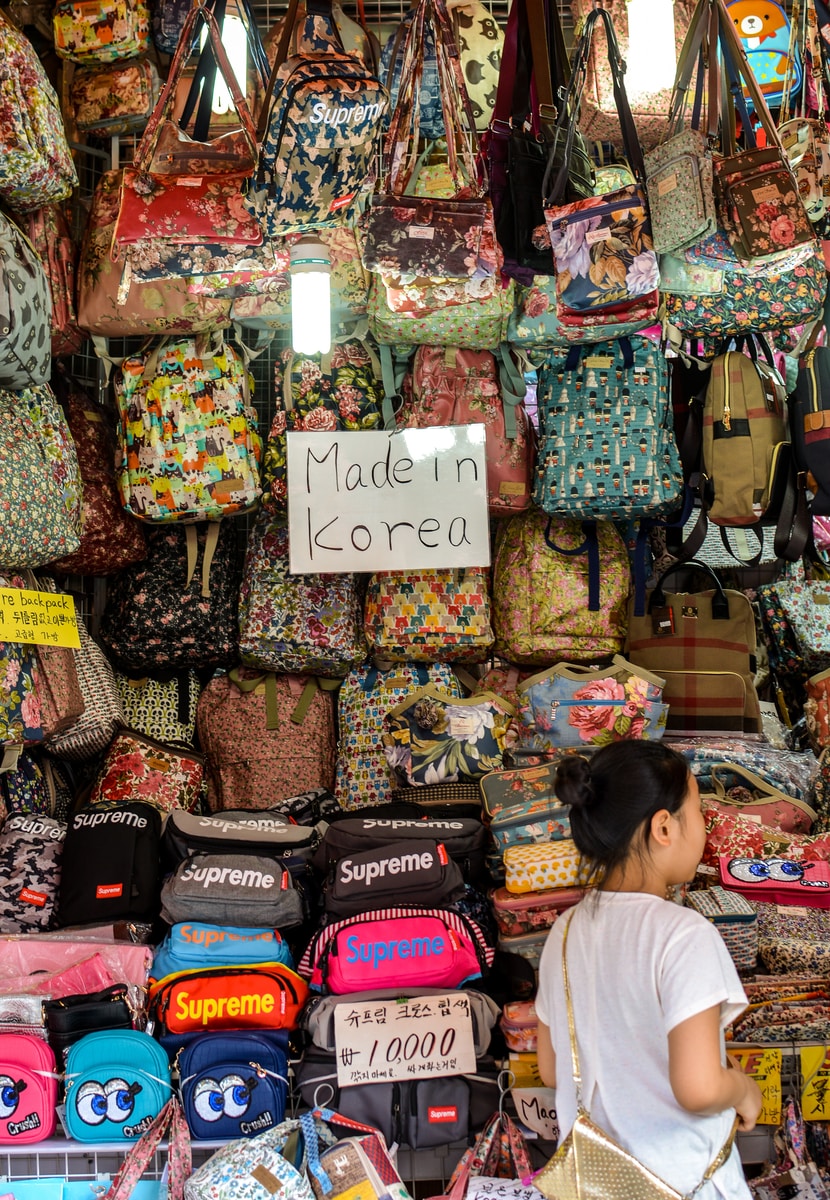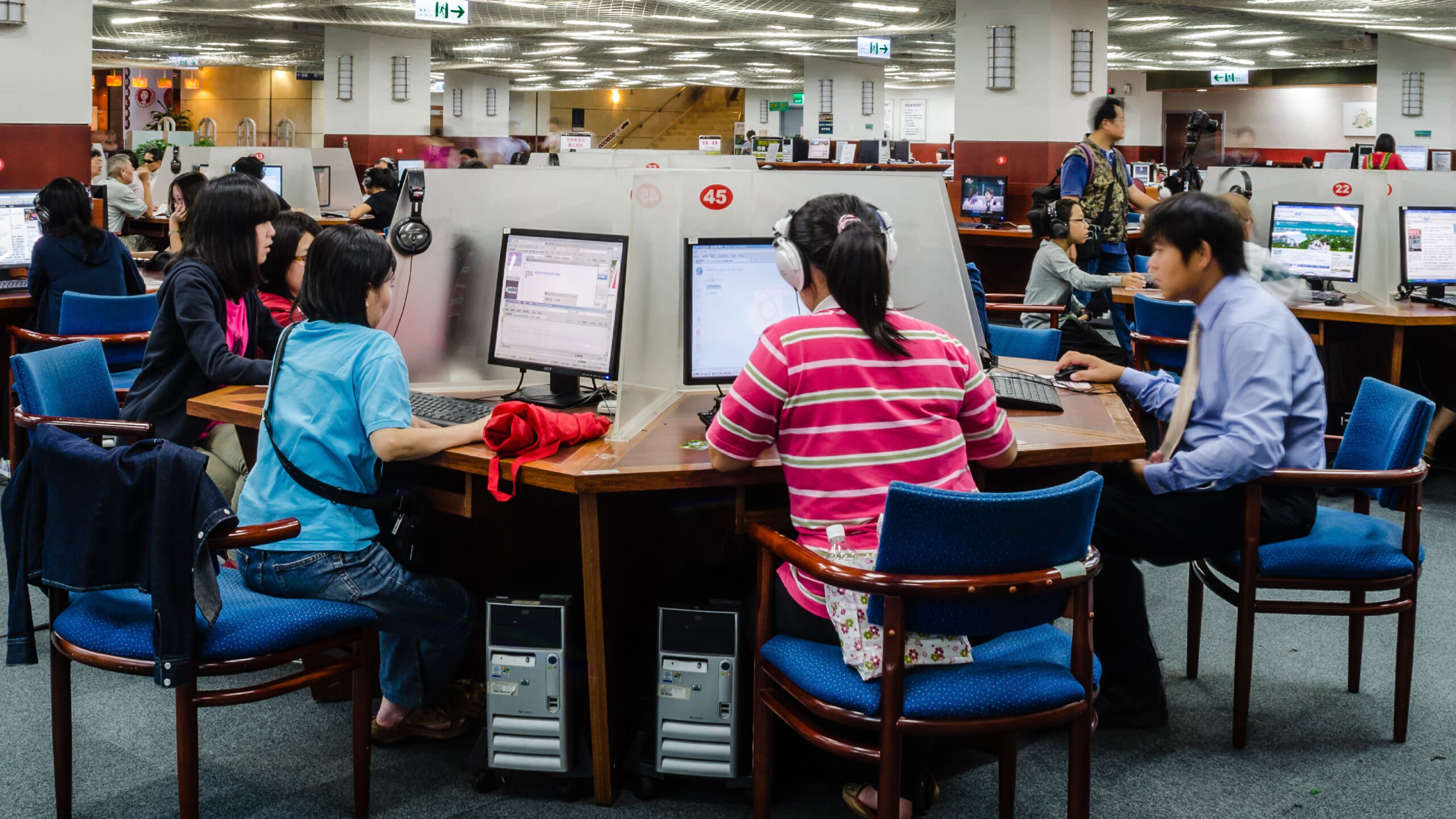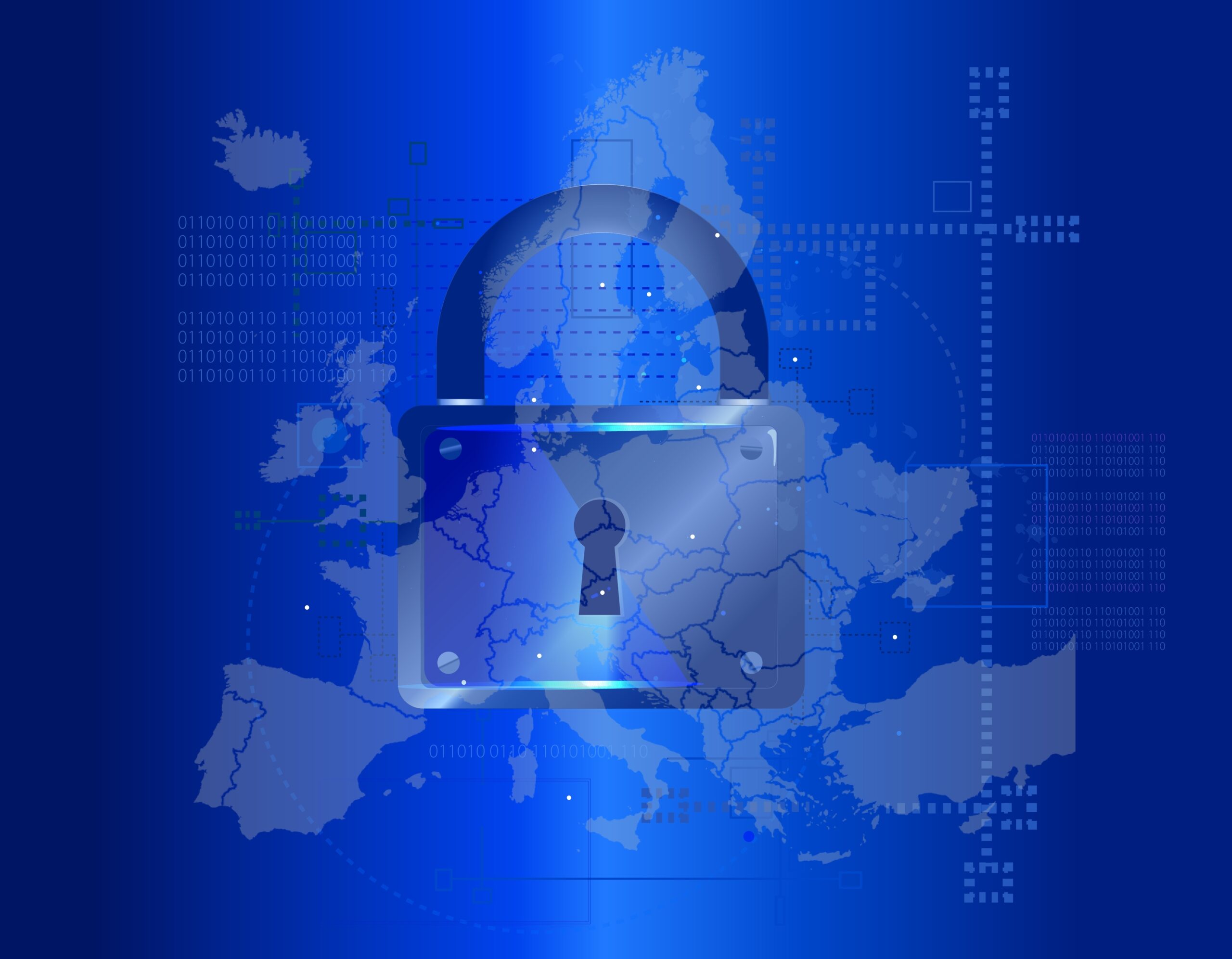OECD/EUIPO Study on “Dangerous Fakes” Is a Missed Opportunity

Today, the Organisation for Economic Co-operation and Development (OECD) and European Union Intellectual Property Office (EUIPO) released a controversial “Study on Dangerous Fakes – Trade in counterfeit goods that pose health, safety and environmental risks.” Unfortunately, several study conclusions are open to misinterpretation.
Preventing the sales of dangerous products and counterfeiting is a priority for all businesses. Research into the connection between these two phenomena is welcome and valuable when based on evidence and solid methodology. The report released today, however, contains no new data, it simply reinterprets existing data on counterfeiting. As a result, the OECD/EUIPO Study on Dangerous Fakes, unfortunately, displays several shortcomings including:
- The study characterises all intellectual property rights (IPR) infringing goods as “dangerous fakes”. This clearly invites policymakers to think that the study relates to fakes that are dangerous, as opposed to IPR infringing goods that are potentially dangerous. It ascribes a 100% dangerousness rating to all counterfeits.
- A previous EUIPO funded analysis of RAPEX alerts found only 191 out of 15,459 alerted products were recorded as counterfeit or potentially counterfeit products between 2010 and 2017.
- The study confuses the number of seizures by customs with the prevalence of such products.
- Further data could have been included in the study, such as the analysis of the 44,127 samples tested in laboratories for Operation LUDUS, referenced in the Europol/EUIPO Intellectual Property Crime Threat Assessment 2022.
- The press release states that “online sales represented 60% of global seizures of dangerous products destined to the EU” while omitting that this only represents a “small share” in terms of seized value – 11% of global seized value – from 2017 to 2019.
The flaws of this study highlight that there is not a clear picture of the phenomenon of dangerous counterfeited goods in the EU. More analysis needs to be conducted to gather a real picture of the situation. The EUIPO can consider the following actions:
- Obtain more data from cases and operations through the analysis and testing of goods that are potentially both counterfeit and dangerous, in conjunction with the relevant authorities. This cross information would allow more detailed analysis, as recommended by EUIPO’s 2019 Qualitative Study on Risks Posed by Counterfeits to Consumers.
- Help market surveillance authorities and customs authorities gain a better understanding of the working procedures of both parties to find the easiest possible way to target both problems.
The OECD/EUIPO Study on Dangerous Fakes is a missed opportunity to conduct an investigation into “fakes” that have been found to be dangerous. European lawmakers are currently considering how to address counterfeit and dangerous products. They deserve more reliable analysis than what the EUIPO/OECD presented today to craft legislation that effectively tackles the problem of dangerous and counterfeit goods.








